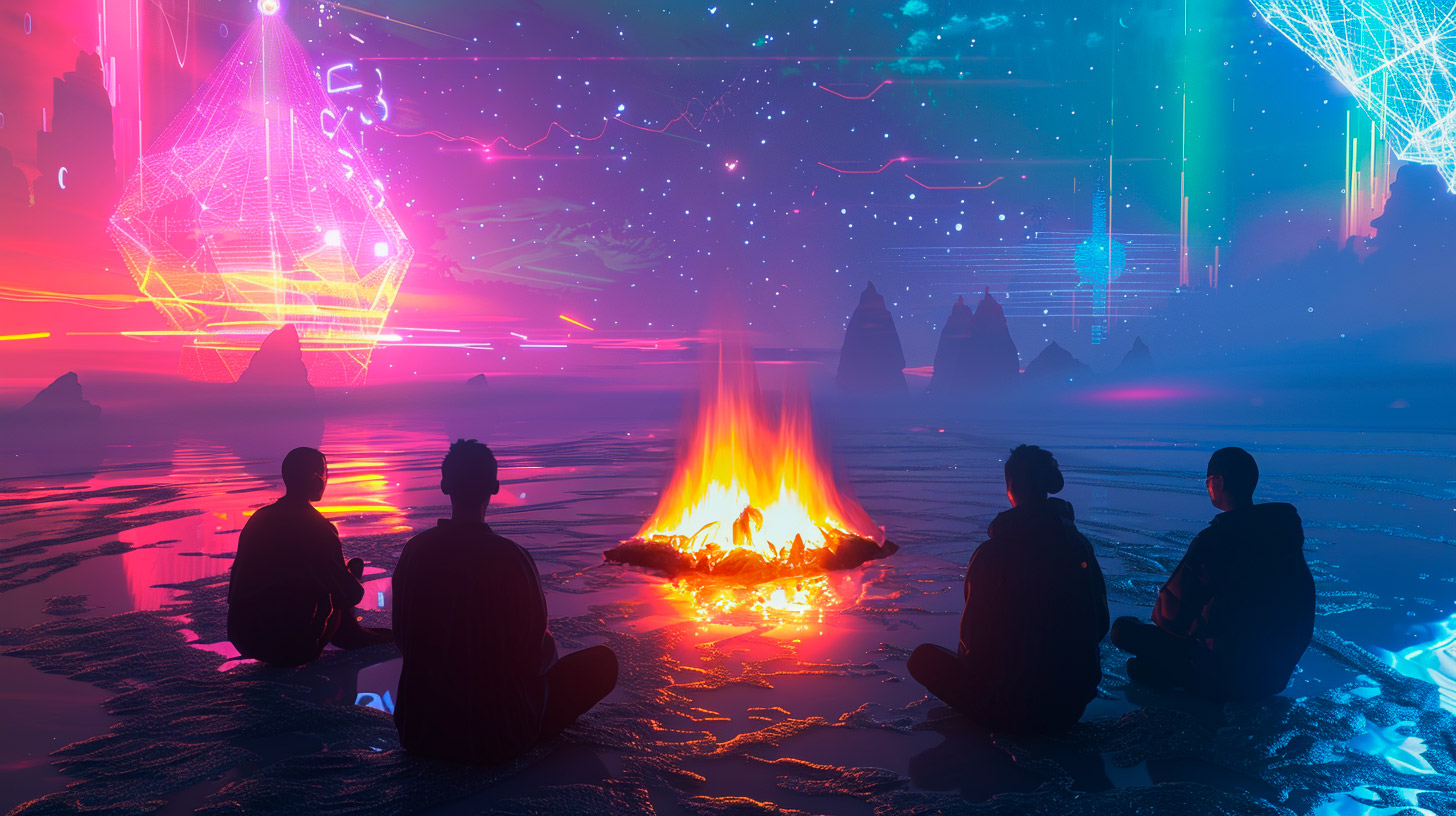Since the first humans gathered around campfires to tell stories, storytelling has been one of the most powerful ways to build connections, teach values, and share experiences. Stories have shaped cultures, created mythologies, united communities, and inspired movements.
Today, in the digital age, this ancestral impulse to tell and hear stories has found a new ally: artificial intelligence.
More than a technological revolution, AI represents the expansion of our ability to tell stories and to connect people, brands, and ideas through increasingly personalized, immersive, and interactive experiences.
Why does storytelling matter?
Telling stories is not just about entertainment, it’s about creating emotional bonds. Brands that can convey their essence through a compelling narrative generate identification, loyalty, and affection. Storytelling:
• Humanizes products and services
• Builds meaning around a cause, community, or purpose
• Inspires authentic engagement, especially in a world saturated with information
• That’s why storytelling is at the heart of memorable campaigns, passionate communities, and impactful digital experiences
The new generation of stories with AI
With the advent of artificial intelligence, content creators now have access to tools that enhance creativity, accelerate processes, and help transform ideas into structured narratives.
These platforms are capable of:
• Generating scripts and plot ideas based on short prompts
• Creating complex characters with profiles, motivations, and story arcs
• Developing interactive and personalized narratives that adapt to the audience’s choices
• Automating part of the creative writing process, acting as a “copilot” for screenwriters, narrative designers, game writers, and brand strategists
Tools that empower storytellers
Some of the most used AI tools in the storytelling universe include:
• Language models (like ChatGPT) for dialogue, narrative, and text structure
• AI image generators, such as Midjourney, Firefly, Exactly, and Recraft to create visuals for characters and scenarios
• Interactive AI systems for games and branching narratives
• Voice platforms and generative AI used to create personalized audiovisual stories
• These solutions are allowing brands and creators to bring storytelling into new formats, from the ancestral campfire to the screen, the headset, or the metaverse
The connection between storytelling, brand, and community
Today, brands that build strong narratives create something greater than an audience: they build communities. Storytelling is the invisible link that transforms customers into fans, users into ambassadors, and products into cultural symbols.
With the help of AI, it is possible to:
• Adapt stories for specific niches, respecting cultural contexts and personal interests
• Create branching narrative journeys that actively engage the audience
• Integrate storytelling into Web3 platforms, NFTs, or metaverses, where the story is lived, not just consumed
The future: stories co-created by humans and machines
What we are witnessing is not the replacement of the human storyteller, but the expansion of their voice with the help of algorithms.
AI offers speed, variety, and experimentation, but the essence of a good story still comes from human empathy, sensitivity, and intention.
The next narrative revolution will not be written by humans or machines alone, it will be co-created by both.


